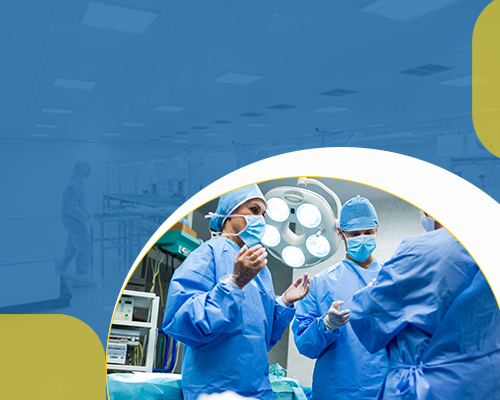Need Help?
(302) 797-1631

MANUFACTURING
Manufacturing services for critical care equipment play a crucial role in ensuring the availability of life-saving devices and instruments that are essential for healthcare providers in treating patients in critical conditions. These services encompass the production, assembly, and quality control of medical equipment, including ventilators, anesthesia machines and patient monitor. Manufacturers focus on adhering to strict regulations and standards to guarantee the safety, reliability, and efficacy of the equipment. They employ skilled engineers, technicians, and quality assurance personnel who work meticulously to design, fabricate, and test these devices, considering factors such as precision, durability, and user-friendly interfaces. By partnering with healthcare professionals and institutions, manufacturing services for critical care equipment contribute significantly to the improvement of patient outcomes and the overall efficiency of healthcare delivery.

Our Benefits

How does anesthesia equipment work?
The anesthesia machine is connected to a supply of medical gases, such as oxygen, nitrous oxide, and air. These gases are stored in cylinders and regulated to the appropriate pressure.
How is anesthesia dosage controlled and monitored during surgery?
Anesthesiologists control the delivery of inhalational anesthetics through the anesthesia machine. They adjust the flow rates of oxygen and other gases, as well as the concentration of vaporized anesthetic agents using vaporizers.
Can anesthesia equipment be used for pediatric patients? Are there special considerations?
Yes, anesthesia equipment can be used for pediatric patients, but there are indeed special considerations due to the unique physiological and anatomical differences in children compared to adults.

